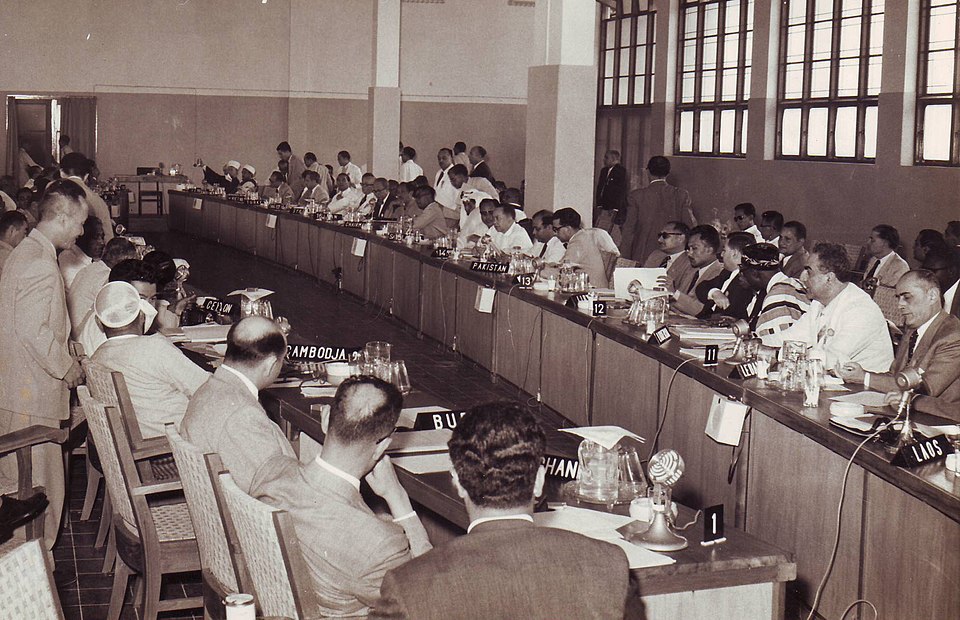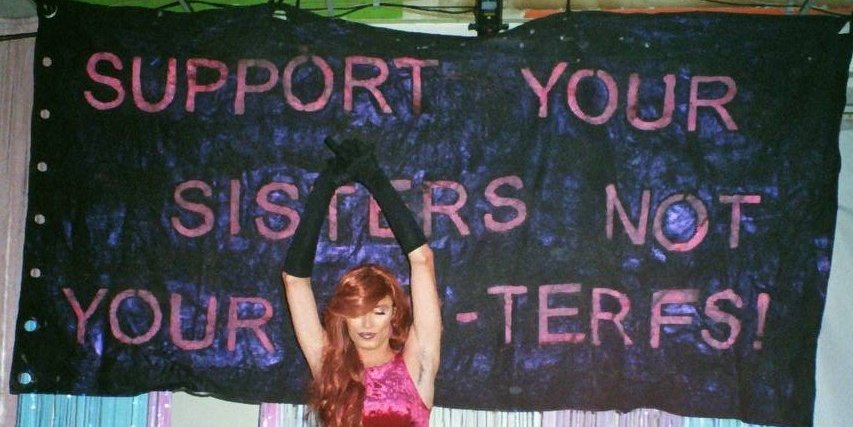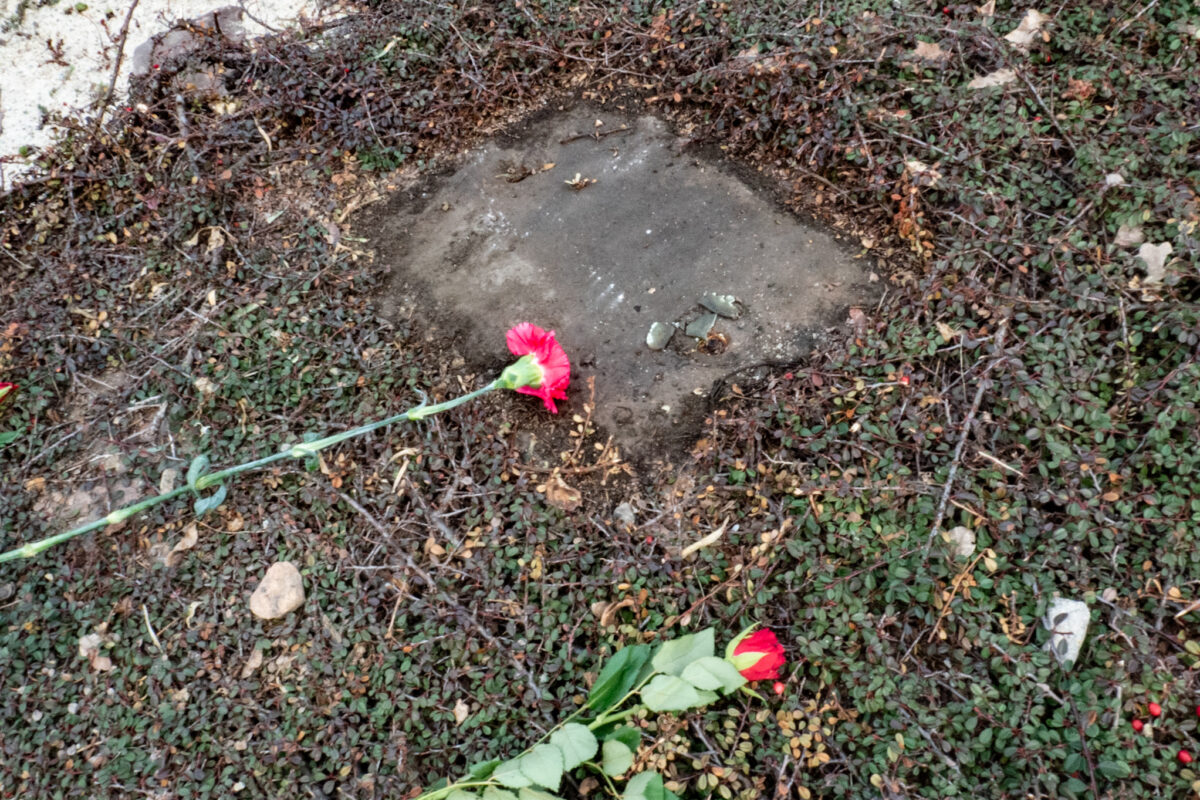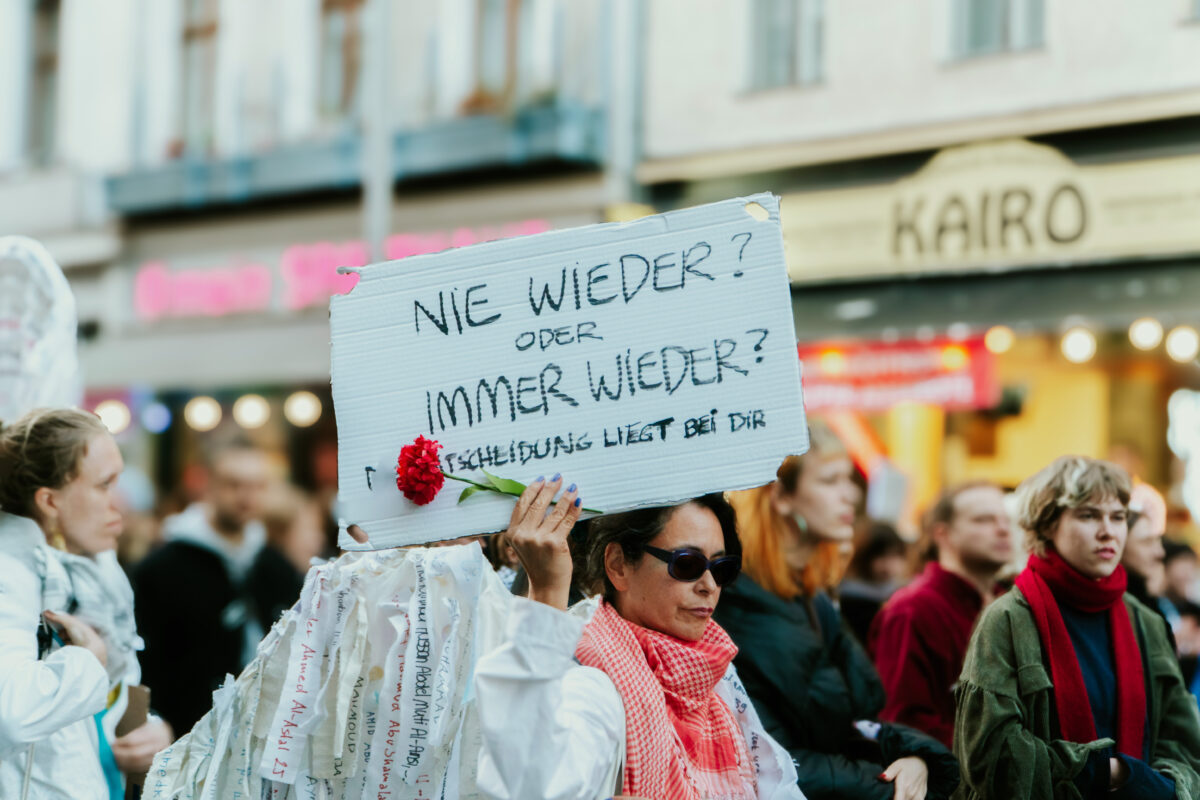by Judy Cox and Sam Kirk (guest post)

The real first black woman to stand as Vice President (and it’s not Kamala Harris) Charlotta Amanda Spears Bass (1874 – 1969)
Charlotta Amanda Spears was born in Sumter, South Carolina, in 1874, the sixth child of eleven. She received an education from public schools.
Later, she moved to California and began working at the California Eagle newspaper. When its founder died, she became editor and then owner of the California Eagle, one of the first black women to own a newspaper.
She took courses at Columbia University and University of California. In 1912, Joseph Bass joined the Eagle. He shared Charlotta’s concern about injustice and racial discrimination. They married and ran the Eagle together.
During the 1920s, Charlotta became co-president of the Los Angeles chapter of the Universal Negro Improvement Association, founded by Marcus Garvey. She campaigned against segregated schools and against job discrimination. Carlotta was also the director of the Youth Movement of the NAACP.
The Eagle’s circulation of 60,000 made it the largest African-American newspaper on the West Coast. Between 1912 and 1951, Under Charlotta’s leadership, the Eagle led various campaigns, against D. W. Griffith’s film, The Birth of a Nation, against the Ku Klux Klan and against police brutality. The paper also supported the “Scottsboro boys,” nine young men who were framed and convicted of rape in Scottsboro, Alabama, in 1931.
Charlotta received threatening phone calls and at one point was confronted by eight men robed in white, who she scared off after displaying a firearm.
In 1934, Joseph died and Charlotta assumed control of the paper.
In 1942 the Department of Justice interrogated Charlotta over claims that the paper was funded by Japan and Germany. The FBI monitored Charlotta, who they believed supported the Communist Party.
In the 1940s, the Republican Party chose Bass as western regional director for Wendell Willkie’s presidential campaign. But she later left the Republican Party and joined the Progressive Party.
Carlotta served in 1952 as the National Chairman of the Sojourners for Truth and Justice, an Communist-led organisation of black women protesting against racial violence.
That year, she was nominated for vice president of the United States by the Progressive Party, the running mate of lawyer Vincent Hallinan. Charlotta became the first African-American woman to run for vice president of the United States. Her platform called for civil rights, women’s rights, an end to the Korean War, and peace with the Soviet Union.
In 1966, Bass had a stroke and retired. In 1967, when she was ninety-one, the FBI still classified Charlotta as a potential security threat.
She died in Los Angeles on April 12, 1969 and was buried alongside her husband in Evergreen Cemetery, East Los Angeles, California.

Hertha Marks Ayrton, 1854 – 1923
It is a pleasure to tell the story of a scientist to which I have 3 affinities. Firstly she is a physicist, secondly she helped found an organisation which became the union that became the first trade union that I joined as a science technician in the NHS, and thirdly she was an activist trying to make the world a better place.
Born Sarah Marks to Jewish parents she showed great promise as a child. Due to family hardship after the death of her father, her education was funded by others.
As a woman scientist, she was not taken seriously by many institutions. She invented many things, but her most well-known achievements were the invention of a line divider used by engineers for scale diagrams, arcing in lamps and the Ayrton fan. If you’ve ever been to the “flicks” but wondered why cinemas are sometimes called this because there is no flickering, you have Hertha Ayrton to thank. The lamps originally used in cinemas and street lights were unstable so caused flickering. Hertha redesigned them which stabilised the light source and got rid of the flickering, but the name for cinemas continued.
Her work attracted the attention of other scientists and she was proposed by one male scientist to become a Fellow of the Royal Society in 1902, only given to top scientists then and now. However, married women were not admitted at the time. Two years after her rejection, she was allowed to read a paper to the Royal Society, becoming the first woman to do so. It took another 20 years for women to be allowed to become Fellows (sic) of the Royal Society!
She invented many other things. Her invention of a fan to clear poisonous gas from the trenches in the first World War was at first turned down, but later adopted and also used in mines.
A woman not afraid to speak out, after Marie Curie’s discovery of Radium was wrongly attributed to Curie’s husband, Ayrton engaged with the media regarding the sexism: ‘Errors are notoriously hard to kill, but an error that ascribes to a man what was actually the work of a woman has more lives than a cat’. This had also happened to Ayrton, despite the fact that her husband was keen for her to get recognition for her work and fully supported her.
She and Marie Curie were friends. After Curie needed somewhere to rest, following an operation on her kidney, and being pilloried in the French press with sexist and racist abuse for having a relationship with a man who, whilst married, was separated from his wife and Curie was a widow. Curie and her teenage daughters, Irene and Eve, stayed with Hertha in 1912.
Ayrton taught Irene maths and it was through Irene that Ayrton persuaded Marie Curie to sign the petition against the imprisoning of suffragettes, something that Curie was normally averse to. The stay coincided with the most active time for Hertha in the suffragette campaign (1911-1913) and probably influenced the young Irene who became involved in politics later in life.
Joining the Womens Social and Political Union (WPSU) in 1907, she got involved in a variety of ways, attending the marches, looking after many of the women (including Emily Pankhurst), when they were released from prison after being force fed during the tortuous cat and mouse episodes. Like many other women, Hertha refused to fill in the 1911 census. Instead she wrote on the paper: “How can I answer all these questions if I have not the intelligence to choose between two candidates for parliament? I will not supply these particulars until I have my rights as a citizen. Votes for Women.”
She agreed to have WPSU money transferred to her account to protect it from threatened confiscation by the state.
A formidable woman, George Eliot allegedly based the character Mirah from the novel Daniel Deronda on Ayrton. Eliot along with others supported Ayrton to study at Girton College Cambridge having no independent means. Like other women of the time, although completing her degree studies she was not allowed to be awarded her degree. A situation that didn’t change until 1948!
Ayrton was also a founding member of National Union of Scientific Workers which later merged with another union becoming the Association of Scientific, Technical and Managerial Staffs (ASTMS).
Her daughter Barbara also joined her on WPSU marches and went on to become a Labour MP.



